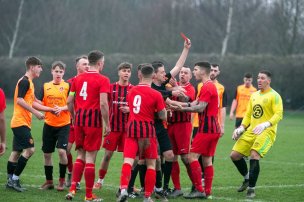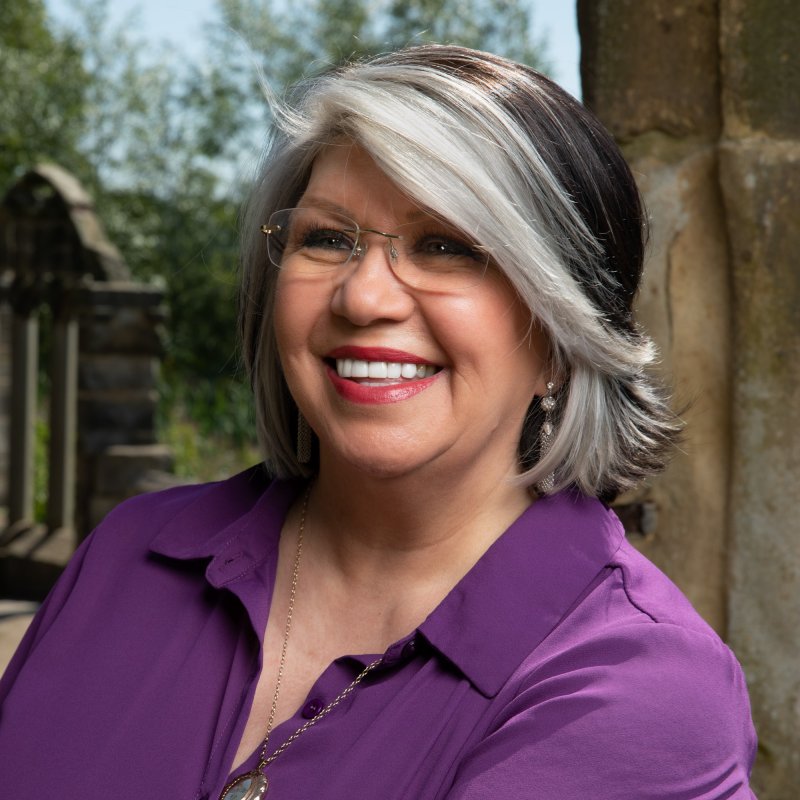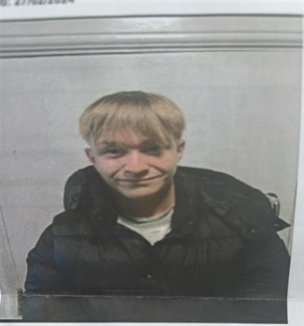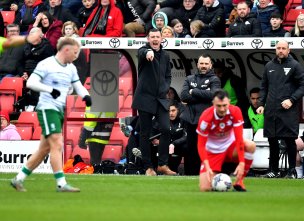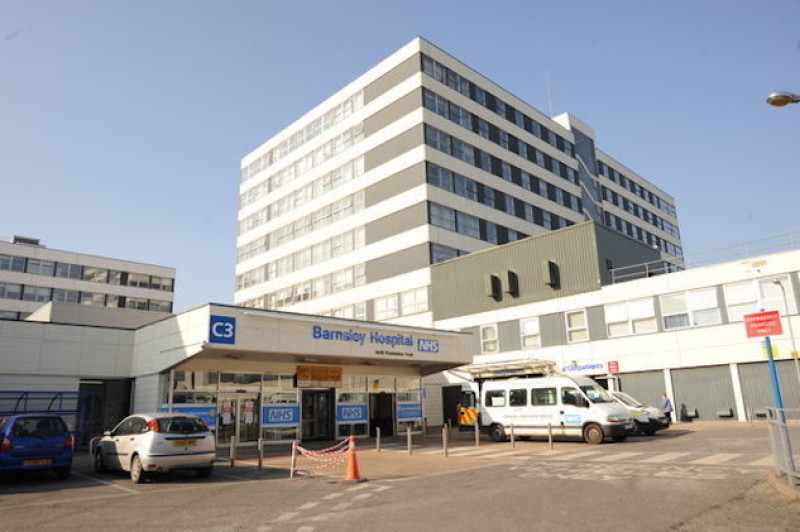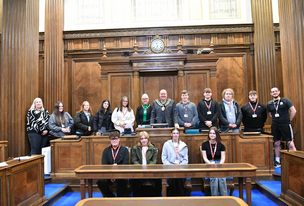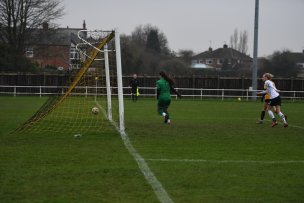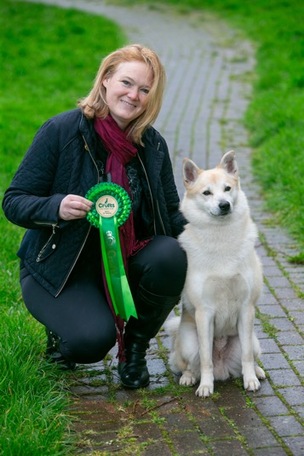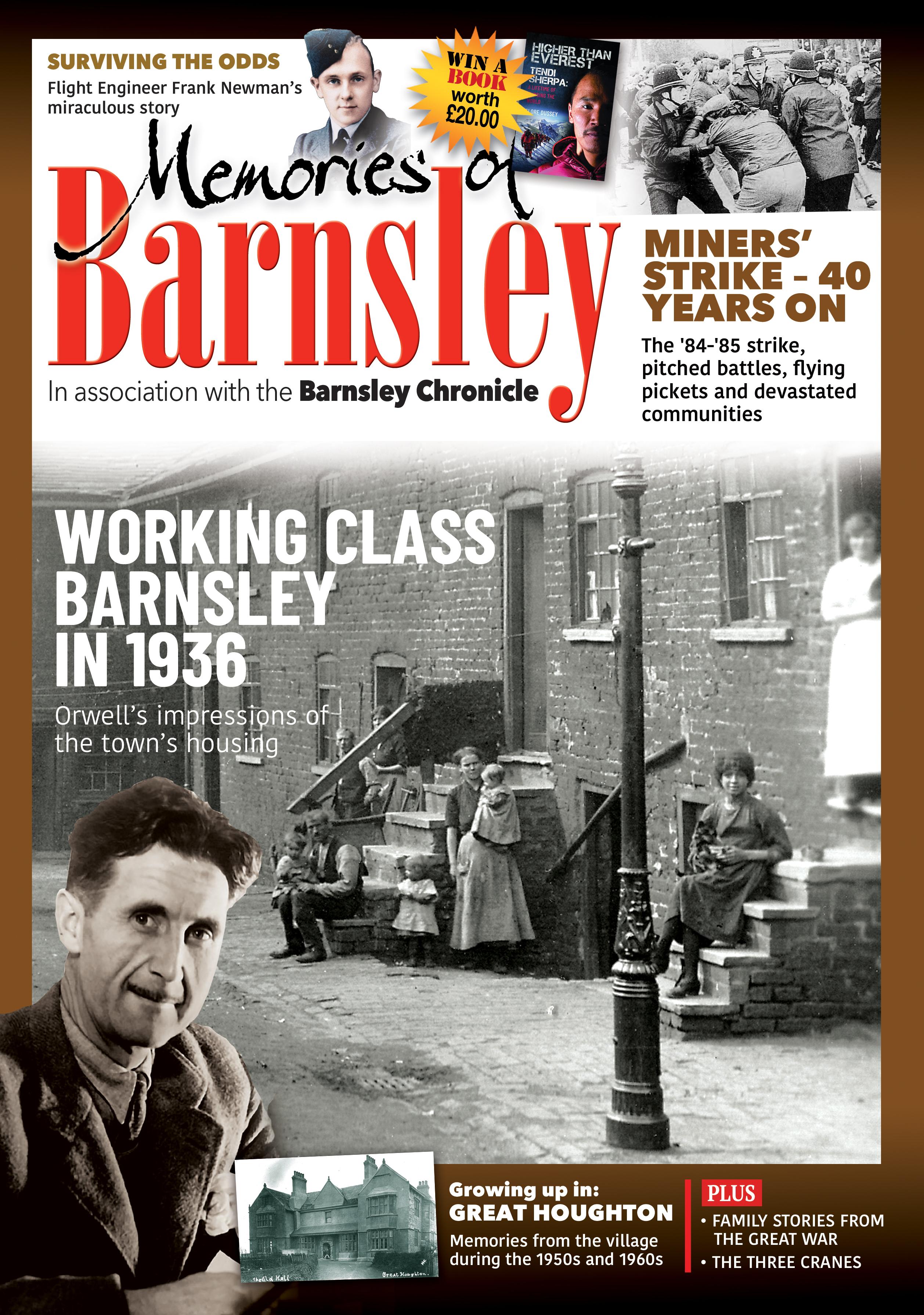PROPOSED restrictions to prevent inconsiderate parking near Barnsley Hospital have been rejected - despite a residents’ petition urging the council to act before there’s a serious accident.
St Owen’s Drive, St Catherine’s Way and Pogmoor Road residents submitted their 58-signature document last month and it will be acknowledged by councillors at Wednesday’s cabinet meeting.
Issues surrounding the hospital and nearby residential areas came under the spotlight again at a recent crime meeting at which Coun Phil Lofts, who represents the Old Town ward, appealed to both the council and police to finally act on ‘years’ of residents’ complaints.
Other areas including Summer Lane, Queen’s Avenue, Bingley Street, Brierfield Close, Victoria Crescent and Welbeck Street have all been identified as particular flare-up points where it’s alleged both hospital staff and visitors have left their vehicles to avoid parking fees.
The district’s ward alliance - a body made up of councillors and others involved in the community - has awarded funding to have bollards installed on grass verges on some residential streets, which had been used for parking by those attending the hospital.
However, the petition has failed to achieve the desired outcome and a council report - which will be discussed at next week’s meeting - will confirm that a traffic regulation order (TRO) has been dismissed.
A report states: “As part of the continued pressure on highway service budgets, the dedicated budget for completing TROs that could introduce parking restrictions, yellow lines and point closures has been reduced to zero. The only money available for traffic measures is the road safety budget and this is targeted to sites on a priority basis.
“The method used to ascertain the priority sites is by using personal injury collision (PIC) data obtained by South Yorkshire Police.
“The council receives an allocation of funding from the Department for Transport, via the Sheffield City Region, to carry out remedial measures and improvements at locations where there is a history of PIC collisions.
“The authority has a statutory duty to monitor all PICs and each year officers interrogate the database to determine the list of priority locations which require intervention first. Following this, officers then seek to resolve issues at these locations using the available funding received.
“Thankfully, no PIC collisions have been recorded during the last ten years on St Owen’s Drive or on St Catherine’s Way. Consequently, this location has not been added to the list of locations requiring intervention.
“As a result, it does not meet the criteria for the provision of parking restrictions.”
Coun Lofts said meetings have taken place with Barnsley Hospital - although the manner of parking was difficult to enforce due to no current traffic regulation orders being in place. A resident-only parking scheme previously considered was ruled out on cost grounds.
Lorraine Christopher, the managing director of Barnsley Facilities Services, which looks after day-to-day management of car parking at the hospital, said the
hospital’s ruling trust was working hard to reduce staff dependence on using cars to travel to and from work.
The trust has recently invested more than £250,000 on upgrading its car parking barriers.
They say that has already had some impact on improving traffic flow and easing congestion.
Lorraine added: “We have also taken further measures to reduce the use of cars such as encouraging share schemes and increasing the number of bike
lockers on site.
“The hospital is reviewing its latest active travel plan which encourages sustainable travel.
“We have about 3,800 staff and only 1,200 parking places on site and we reserve around half of these for patients and visitors.
“We have to limit the
number of temporary car parking permits issued to staff to ensure that adequate parking is available for those patients and visitors.
“We regularly remind staff through our internal communications about the impact of inconsiderate
parking on residential streets and we have worked with resident groups to identify issues when they arise.”

